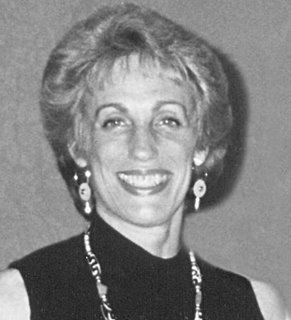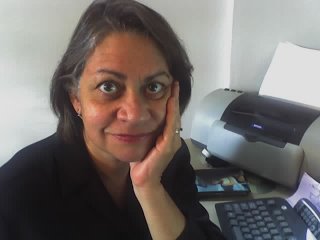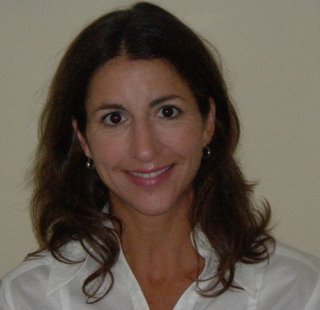 by Ellen Bravo
by Ellen BravoIt’s been 15 years since the Clarence Thomas hearings, and Congressional leaders still don’t get the issue of sexual harassment.
Just take a look at the Mark Foley Scandal.
Those in charge have been so busy pointing fingers, it’s no wonder their solution is an 800-hotline for pages to contact the FBI. Imagine the menu of options: "If you received an instant message, press one. For emails, hit two. Press three if the Congressman showed up drunk outside your residence." Note this is the same FBI that had notice of sexually suggestive emails last July and took no action.
Unfortunately, Hastert and company are not alone in their bungling.
* Suzanne Swift joined the armed forces, only to experience sexual harassment from three superior officers in Iraq. Swift reported an incident to an Equal Opportunity officer; nothing happened. The second was a squad leader, who Swift said had "singled me out as the person he would have sex with during deployment." Only 19, she "first fell for it," then broke it off – and suffered multiple forms of retaliation. After she reported the third officer, some action was taken – but she was accused of sleeping with the man, told to read the policy on honesty and attend role plays on preventing harassment. Once on leave, Swift found herself unable to return to Iraq. She faces court martial.
* An aide to a big city mayor called the personnel office to ask how to file a sexual harassment complaint against him. The personnel officer told her a form would be mailed -- then promptly called the mayor’s chief of staff, who alerted the entire staff. The aide claimed the mayor assaulted her nine times over five years. The mayor held a press conference to apologize for a "consensual affair," claiming it wasn’t harassment because the two were "equals." Besides, his supporters maintained, she was a smart woman who knew the law – why hadn’t she come forward earlier?
* Two women engineers at a well-respected company put up with nudie posters and crude talk as the only females among 50 males. Then one of the women was arranged for to accompany her boss on a long car ride to another state – something outside her job description. The manager engaged in a steady stream of sexual talk, including frequent requests to stop for wine and a hot tub. When the employee complained to the head of HR, she was told, "What happens off company property is outside our purview."
In each case, what’s lacking is an understanding of POWER. Whether for purposes of sexual gratification or the more common purpose of humiliation and degradation, sexual harassment is an abuse of power. That very imbalance makes it harder for those targeted by the behavior to take formal action or to make it stop. Fifteen years ago Senators expressed amazement that Anita Hill had sporadically stayed in touch with the man she said harassed her. They were clueless about the impact such a powerful man could have on one’s career even years later. Similarly, former pages have been quoted as saying they didn’t want to cause a rupture with a well-connected Congressman.
Many think the Thomas hearings spurred a major transformation in U.S. businesses and schools. Some employers and school districts did get the message and have taken significant steps to educate at every level and to establish meaningful channels for reporting and investigating a complaint. But many have taken no or only token action.
Those guilty in the Foley fiasco should face appropriate consequences. But leaders in Congress and elsewhere should take corrective steps, including the following:
* Ensure that every complaint will be taken seriously, while preserving due process for those accused. What first gets reported may well be the tip of the iceberg.
* Arrange meaningful training for anyone involved in handling complaints.
* Establish an outside, wholly independent investigation mechanism for complaints involving powerful, high-level people like elected officials or senior executives. Those affected should have direct access to the independent investigator to lodge the complaint, rather than having to rely on cronies whose own jobs may be in jeopardy depending on the outcome.
The media is focused on whether or not Congressman Foley broke any federal law. But every organization has a moral obligation as well as a legal one. In the final analysis, sexual harassment policy needs to be governed by one clear standard: treat everyone as if they were your son or daughter.
------------------------------------------------------------------------------
Bravo teaches a graduate class in sexual harassment at the University of Wisconsin-Milwaukee. She is former director of 9to5, National Association of Working Women, and co-author of The 9to5 Guide to Combating Sexual Harassment. Her most recent book, Taking on the Big Boys, or Why Feminism is Good for Families, Businesses and the Nation, is forthcoming from Feminist Press.




